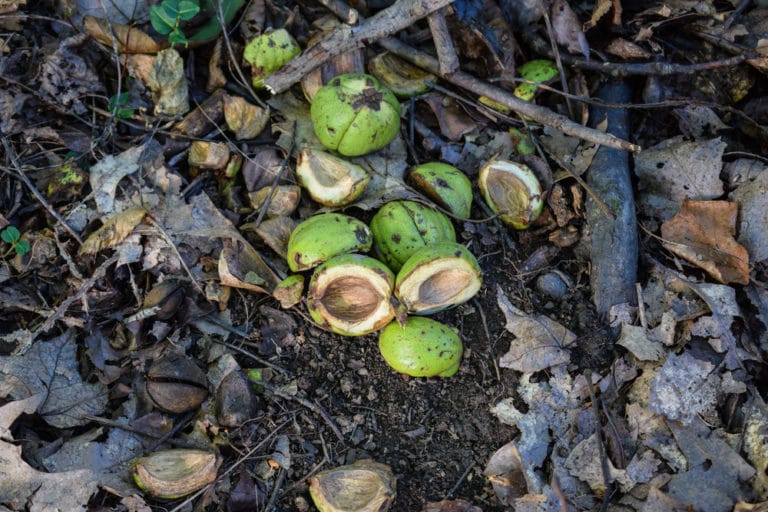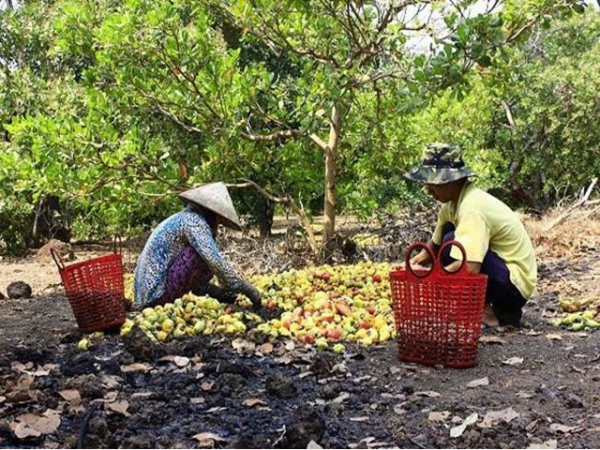

The moisture content of cashews is thanks to the high proportion of oils – this not only makes the nuts tasty, but these healthy fats are an essential part of any diet and will help you to feel fuller for longer. Why eat Cashew Nuts?Ĭashew nuts have many health benefits, thanks to their ingredients which include healthy unsaturated oils and anacardic acid. We’ll explain this process in detail later in the article, but first, let’s look at the benefits of cashews and why you should eat them. Because of this complex structure of inner and outer shells, cashew processing is time-consuming and expensive. Instead, this kernel grows within an inner and hard outer shell, all with the unique kidney shape we all recognize as belonging to a cashew nut. However, you can’t just pick the cashew nut straight from the tree. People quickly realized that these nuts were delicious to eat, and recognizing their economic potential, a million-dollar industry in growing, processing, and harvesting cashew nuts was born. Originally intended to help fight soil erosion along India’s southern coasts, the species quickly spread throughout the sub-continent. The tree was brought to India by Portuguese explorers in the 16th century. However, the cashew tree originates from Brazil. Today, farmers worldwide, but most notably on the Indian coasts, Vietnam, and Ivory Coast, grow these trees and harvest them for their bounty. With the combination of traceability (3S system) and targeted actions (co-funded through ACI match fund), the (sustainability) risks in the supply chain can be mitigated and addressed.Raw cashew seeds grow on trees: you’ll find them dangling under a bright red fruit hanging from the cashew tree. The focus of the IDH work stream is to support businesses in creating sustainable business links along the supply chain by developing and implementing a traceability approach, while providing a more secure income and better livelihoods for farmers.īy tracing the quantity and quality of cashew, and the conditions under which it is produced, this system enables benchmarking and focused training for farmers as well as making supply more secure for traders and roasters. At the farmer’s end, increased traceability and performance tracking translates into more relevant training, improved access to finance and ultimately higher income levels. At the same time, collecting information about a farmer group’s performance allows private and public investors to better target their investments. By buying directly from smallholder groups and registering their deliveries in a newly developed traceability system, supply chain players can substantially reduce their supply and reputational risks. Whereas processors and traders traditionally buy their cashews on the spot-market, IDH’s interventions initiate a transition to direct sourcing from smallholders. In close partnership with ComCashew – a puplic private partnership predomintantly funded by GIZ (Gesellschaft für Internationale Zusammenarbeit) and BMGF (Bill & Melinda Gates Foundation) – we support the organization of sourcing areas and creation of strong market links between farmer aggregates, processing factories in Africa and end-buyers in western countries.

The remainder is processed mainly in India and Vietnam followed by Brazil, leading to a loss of value in the value chain in Africa. Currently more than 50% of the cashew world production of Raw Cashew Nuts (RCN) is produced in Africa but less than 10% gets processed (shelling and peeling) into cashew kernels in Africa. Main buyers from US and Europe, but also India, Vietnam and Brazil will have to source from Africa. World cashew demand is growing strongly in terms of volume and value and is expected to continue growing rapidly. The main cashew production regions are Africa, India, Vietnam and Brazil. Worldwide the annual production is about 2.1 million tons of raw nuts (RCN) with an estimated value of US$ 1.5 -2 billion. Further, the cashew harvesting season falls into the so-called hunger gap – a time of the year where smallholders typically struggle to make ends meet – which elevates the potential livelihood impact of improved cashew production beyond a regular increase in yield and income. These smallholders typically have extremely low yields of around 50% of the world average. Cashew acts as one of the main cash crop for approximately 2 million small-scale farmers in Africa. In the Nuts sector we focus our work on the improvement of livelihood of the smallholder farmers in Africa.


 0 kommentar(er)
0 kommentar(er)
